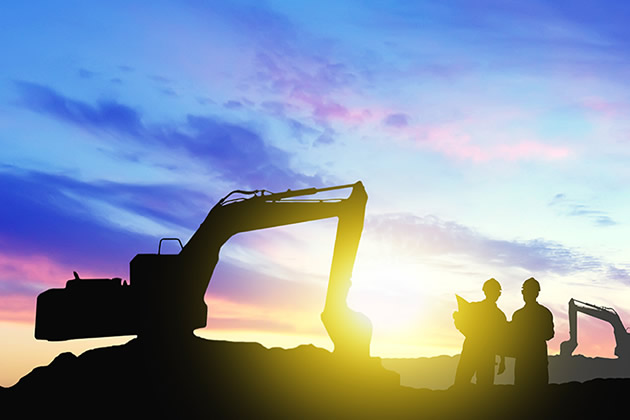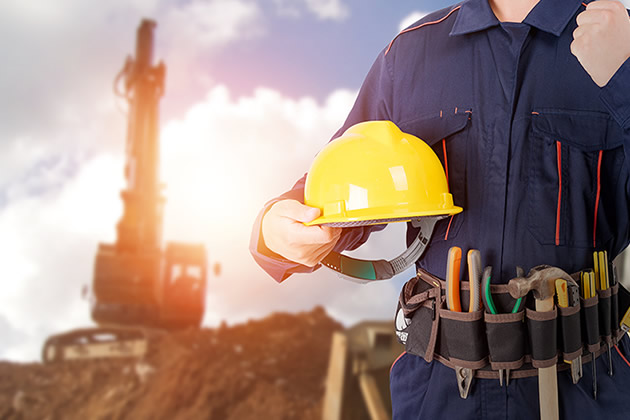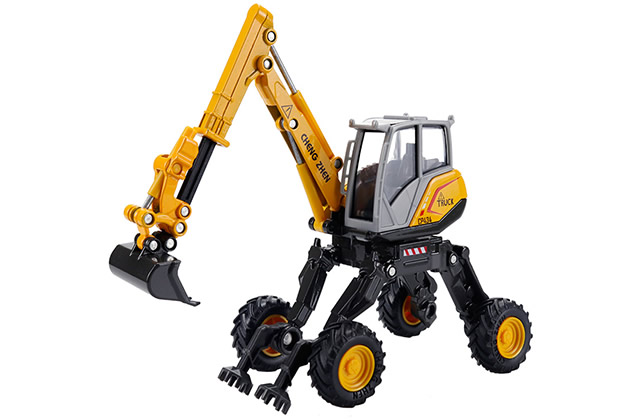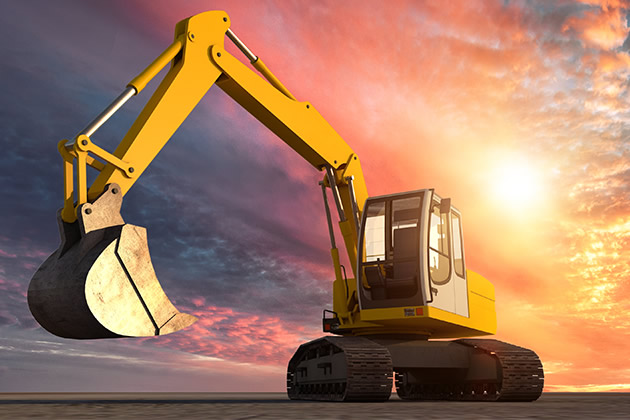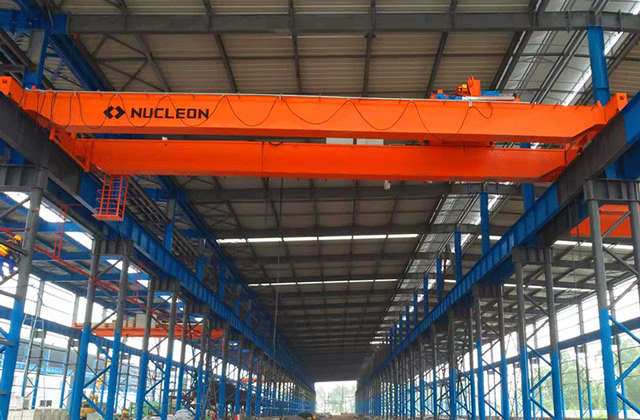1. Safety Operating Procedures for Overhead Cranes
1. Overhead crane drivers who hold a certificate and pass the practical examination can operate the bridge crane independently. Non-bridge crane operators Crane operators are not allowed to enter the cab.
2. Before work, all working mechanisms of the bridge crane should be comprehensively inspected to check the completeness and reliability of the mechanical equipment, electrical parts and protective insurance devices to ensure normal operation. Lifting is strictly prohibited if major accessories such as controllers, brakes, limiters, bells (speakers) and emergency switches fail.
3. The driver is not allowed to lift without receiving the signal from the commander (wearing a special red helmet with a number). However, the driver should immediately execute the emergency stop signal issued by anyone, and the driver should always Check the brakes, hooks, wire ropes and safety devices. If abnormal performance is found, stop working and wait until the fault is eliminated before starting work.
4. When operating the controller, you should move from the “0” position to the first gear, and then increase or decrease the speed step by step. When changing direction, you must first return to the “0” position, and sudden increases and decreases when changing gears are strictly prohibited.
5. When approaching the hoist limiter, large or small vehicles approaching the terminal or meeting adjacent traffic, the speed should be slow. It is not allowed to use reversing instead of braking, limiter instead of parking, or emergency switch instead of ordinary switch.
6. Walking, ascending and descending should be done on the prescribed safe walkways, special platforms or escalators. No walking is allowed on both sides of the track except when parking for maintenance. Walking on the trolley track is strictly prohibited. It is not allowed to cross from one train to another.
7. During operation, a certain distance should be maintained between driving vehicles and collisions are strictly prohibited. The crane must slow down and run slowly when approaching the end of the track.
8. During operation, if the solution leaks or the hanging object slides due to a sudden failure, emergency measures must be taken to land safely.
9. There should be sufficient lighting for night operations.
10. Overloading is strictly prohibited. It is strictly prohibited to lift goods over people’s heads. When operating in the air, the hanging position shall not be lower than the height of a person.
11. It is strictly prohibited to slant or lift goods that are connected to multiple objects, and when lifting large-area objects, rope traction should be provided.
12. Every time the bridge crane moves, it must send out a signal.
13. After work, park the bridge crane at a fixed position and park the trolley at the end away from the sliding contact line. Do not suspend objects from the spreader. Set each control handle to the zero position and cut off the power supply.
14. The vehicle for maintenance should be parked in a safe place. Cut off the power supply and put up a “no closing” warning sign. If necessary, fences should be added to the restricted areas on the ground and “No Passage” signs should be hung.

2. Precautions for operating bridge cranes
1. Before work
(1) Take the driver with you Before the driver takes over the single-girder bridge crane in the room and starts driving, the hooks, wire ropes, safety devices and other components should be inspected according to the requirements of the inspection card. If any abnormalities are found, they should be eliminated.
(2)For ground-operated single-girder bridge cranes, each shift should have a dedicated person responsible for checking according to the requirements of the inspection card. If any abnormalities are found, they should be eliminated.
(3)The operator must confirm that there is no one on the platform or track before turning on the main power. When the power circuit breaker is locked or has a notice board, it should be removed by the original concerned person before the main power supply can be turned on.
2. During work
(1) When lifting heavy objects for the first time in each shift (or when the load reaches the maximum weight ), the heavy object should be lowered again after being lifted 0.5 meters above the ground, and the brake performance should be checked and confirmed to be reliable before normal operation.
(2)Strictly implement the “ten don’t hang” system:
① Do not hang if the command signal is unclear or the command is random.
②Do not lift when the rated lifting capacity is exceeded.
③The spreader is used unreasonably or the objects are not tied firmly and cannot be hung.
④ Do not lift the hanging object if there are people or other floating objects on it.
⑤ If the brake or other braking safety device fails, it will not be lifted.
⑥ Do not hoist heavy objects while driving for direct processing.
⑦ Pull it crookedly but not hang it at an angle.
⑧Do not hoist explosive objects.
⑨Do not hang objects buried underground.
⑩ Objects with edges and corners should not be hung unless they are properly padded.
(3) If an abnormality is found, stop immediately, cut off the power supply, check the cause and eliminate it in time.
3. After work
(1) Raise the hook to a certain height and park the cart at the designated location , the controller handle is placed in the “zero” position; pull down the knife switch and cut off the power supply.
(2) Carry out daily maintenance.
(3) Do a good job in shift handover.
If the website content violates your rights, please contact us to delete it。



